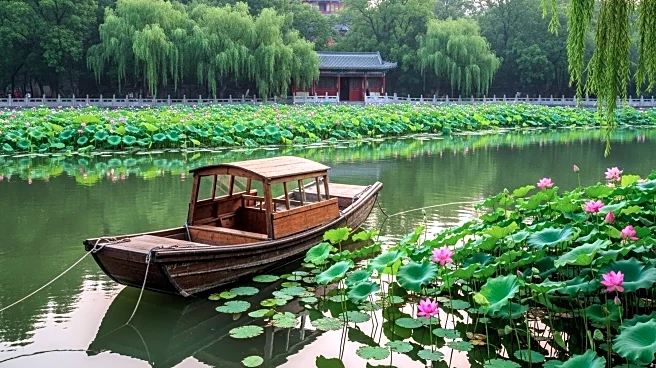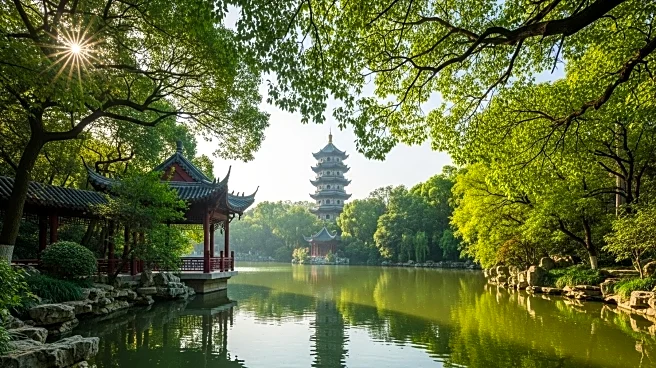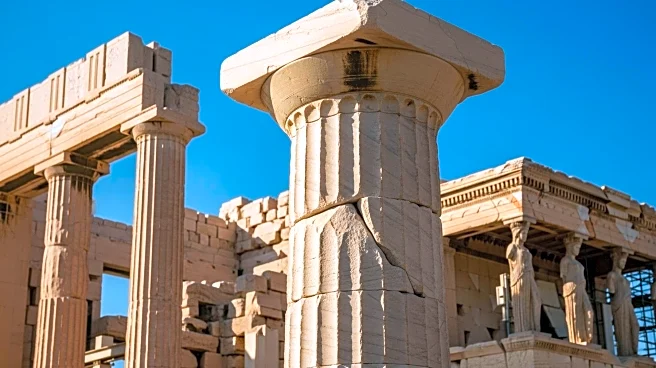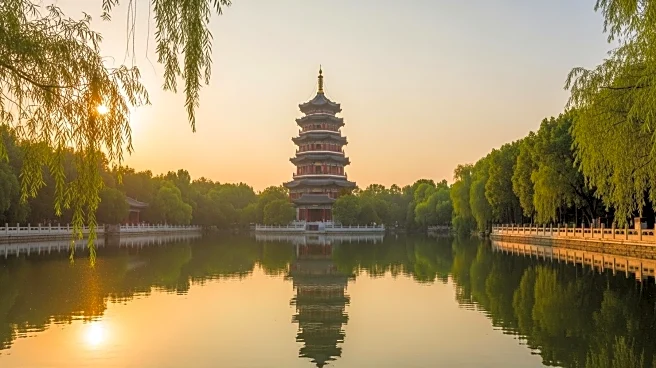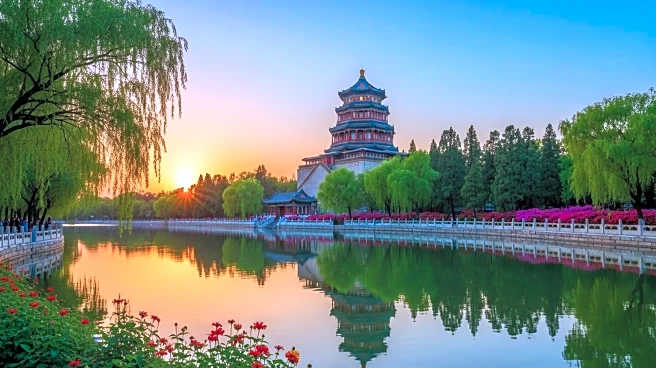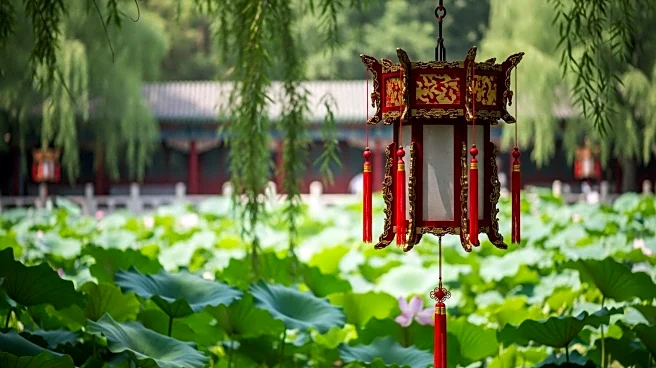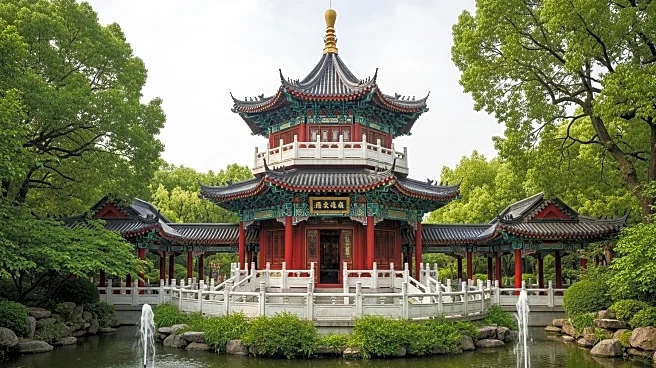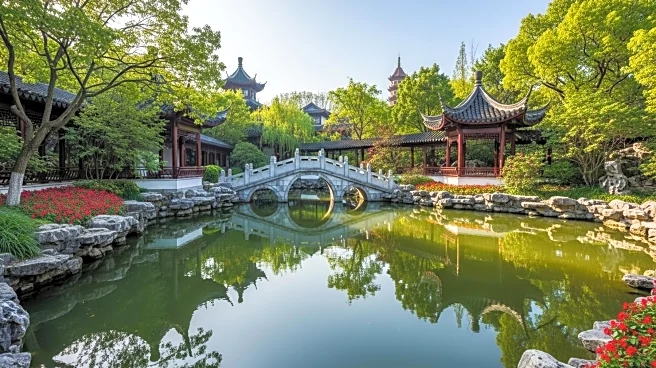What is the story about?
The Summer Palace in Beijing is a site of immense historical and cultural significance, offering a wealth of fascinating facts that highlight its unique features and enduring legacy. As a UNESCO World Heritage Site, the Summer Palace is recognized for its outstanding aesthetic value and harmonious design.
Core Facts
The Summer Palace covers an area of 2.9 square kilometers, with three-quarters of this space consisting of water. It includes notable features such as Longevity Hill and Kunming Lake, which are integral to its design. The site was established during the Qing dynasty as an imperial garden.Notable Details
One of the most notable details of the Summer Palace is its inclusion on the UNESCO World Heritage List in 1998. This recognition underscores its significance as a masterpiece of Chinese landscape garden design. The site is renowned for its harmonious blend of natural landscapes and artificial structures.Comparisons and Contrasts
Compared to other imperial gardens, the Summer Palace stands out for its integration of natural and artificial features. While other gardens may focus solely on natural landscapes, the Summer Palace combines these with pavilions, halls, and bridges to create a unique and harmonious ensemble.Key Data Points
Key data points about the Summer Palace include its size, which spans 2.9 square kilometers, and its status as a UNESCO World Heritage Site. The site attracts millions of visitors annually, contributing to the global appreciation of Chinese culture and history.AI Generated Content
Do you find this article useful?
